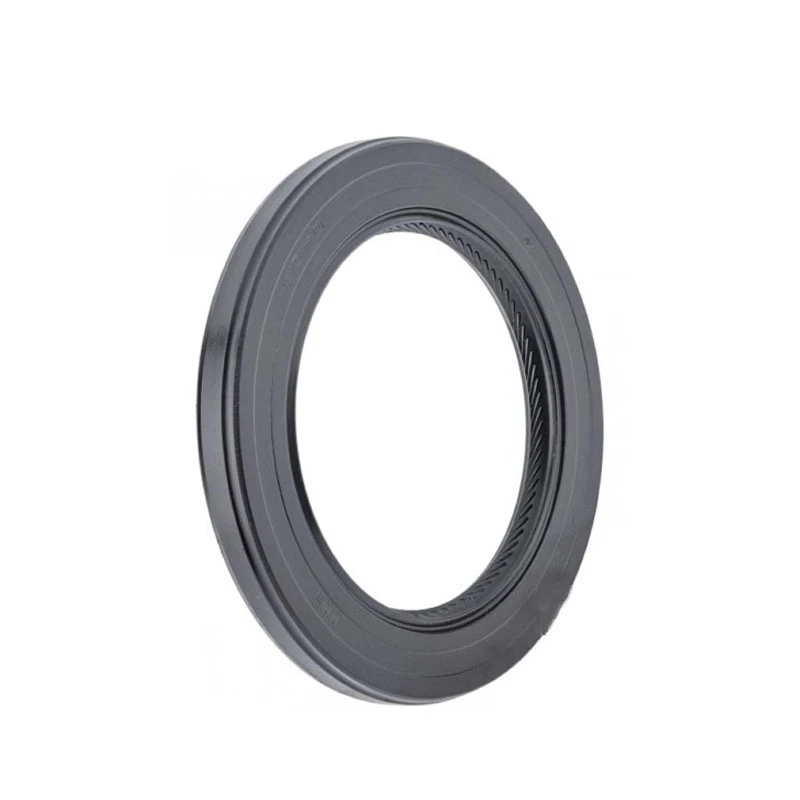oil drain plug size
Understanding Oil Drain Plug Sizes An Essential Guide
When it comes to maintaining your vehicle, few tasks are as crucial as an oil change. Central to this process is the oil drain plug, the component that allows old oil to escape the oil pan during an oil change. Understanding the size of the oil drain plug is essential for any car owner or mechanic, as it can impact the efficiency of the oil change and the overall health of the engine.
What is an Oil Drain Plug?
The oil drain plug, also known as the oil drain bolt, is a critical part of an oil lubrication system in an engine. Located at the lowest point of the oil pan, it serves to seal the pan and prevent oil leaks. When it’s time for an oil change, the plug is removed to allow the spent oil to drain out completely. Once the old oil is removed, a new oil filter is typically installed, and fresh oil is added via the oil fill cap.
Why Knowing the Right Size Matters
1. Preventing Damage The size of the oil drain plug is crucial because using a wrong-sized tool can strip the threads. This can lead to a situation where the drain plug cannot be properly tightened, resulting in leaks that could jeopardize engine integrity. 2. Efficiency in Maintenance Knowing the size of the drain plug makes oil changes smoother and reduces the time spent searching for the right tools or parts. Mechanics and DIY enthusiasts alike benefit from having a standardized set of tools for their vehicle.
3. Compatibility with Oil Change Equipment Different vehicles may use various sizes and thread types for oil drain plugs. Ensuring that you have the correct size not only helps in fitting it properly but also ensures compatibility with oil catch pans and vacuum pumps, which are often used in the oil change process.
Common Sizes of Oil Drain Plugs
While there is some variation between makes and models, most automotive oil drain plugs fall within a specific range of sizes. Common thread sizes include
- 12mm x 1.5 This is a standard size found in many Asian-made vehicles. - 14mm x 1.5 Frequently used in various Honda and Toyota models. - 16mm x 1.5 Commonly found in some European vehicles, including many Volkswagens. - Drain plugs with a size metric Sizes such as 1/2 inch or 3/8 inch can also be found, typically in older models or in some heavy-duty applications.
It’s essential to consult the owner's manual or a parts database to determine the correct size for your particular vehicle, as using the wrong size can lead to complications.
oil drain plug size

Replacing the Drain Plug A How-To Guide
1. Gather the Right Tools Ensure you have a socket wrench, a new drain plug (if necessary), and a washer to create a proper seal. 2. Jack Up the Vehicle Safely elevate the vehicle to access the oil drain plug.
3. Locate the Plug The plug is usually at the lowest point on the oil pan, identifiable by its head and the threaded rod extending from it.
4. Remove the Plug Using the correct-sized socket, loosen and remove the drain plug. Be cautious, as any remaining oil may still be hot.
5. Drain the Oil Allow the oil to fully drain into your catch pan before re-installing the drain plug.
6. Replace or Inspect Inspect the old drain plug and washer for wear. Replace with a new one if it shows signs of damage.
7. Reinstall the Plug Tighten the drain plug securely, ensuring not to overtighten, as this could strip the threads.
8. Final Steps Add new oil and replace the oil filter, ensuring all components are appropriately sealed and secure.
Conclusion
Understanding oil drain plug sizes is an essential part of vehicle maintenance. Properly identifying the size of the drain plug can save time, prevent damage, and lead to a smoother oil change process. Whether you're a seasoned mechanic or a novice DIY enthusiast, always ensure you have the right tools and knowledge to maintain your vehicle effectively.
-
Understanding Automotive Oil Seals: Essential Components for Engine and Shaft Protection
News Jul.30,2025
-
The Importance of Heavy Duty Seals in Industrial and Residential Applications
News Jul.30,2025
-
Exploring Industrial Oil Seals: From Felt Oil Seals to TTO and CFW Solutions
News Jul.30,2025
-
Essential Guide to Oil Seals: From Radial to Metal-Cased Seals for Industrial Reliability
News Jul.30,2025
-
Choosing the Right Oil Seals and Gaskets for Industrial and Automotive Applications
News Jul.30,2025
-
Cassette Seals: Durable Sealing Solutions for Harsh Environments
News Jul.30,2025
-
Understanding the Front Main Engine Seal: Purpose, Maintenance, and Installation
News Jul.29,2025
Products categories















